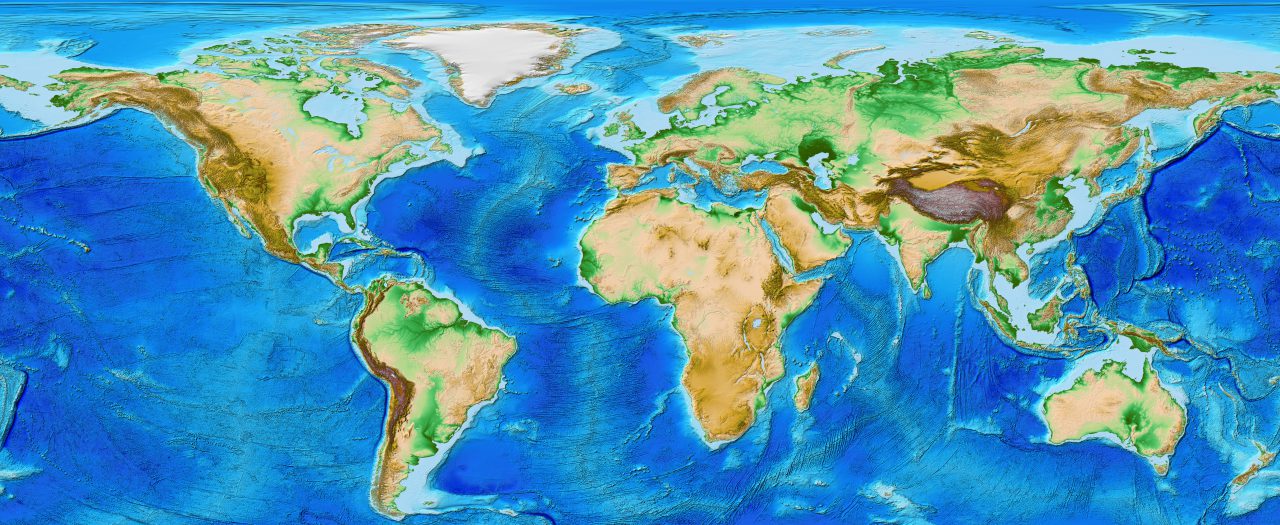Author: Leah Chomiak
Hello from the middle of the Indian Ocean! The skies are blue, the seas are calm, the air is fresh and full of oxygen (O2)… and so is the water column! My name is Leah, one of the scientists onboard I07N running dissolved oxygen analyses along with my counterpart, Sam. Together, we are in charge of sampling, assessing, and quantifying the amount of gaseous oxygen dissolved in the seawater from every bottle of every station… coming to a grand total of 3,432 samples once we close out the transect in India. Wowza!

Dissolved oxygen, the same stuff you and I breathe each second of the day, is crucial to the marine environment; whether that be oceans, lakes, rivers, or ponds, for obvious reasons. Oxygen is essential for life and is taken up by organisms through a process termed cellular respiration where oxygen is taken in and carbon dioxide is spit out in return. The reverse process, photosynthesis, results in the generation of oxygen through the uptake of carbon dioxide. Just like on land, plant cells fill the oceanic environment in the form of plankton, where oxygen is produced. All remaining organisms of the sea, from fish and sharks to corals and giant squids, rely on the presence of dissolved oxygen in the water column just as we rely on oxygen in our atmosphere – to survive! We measure the dissolved oxygen to understand not only the biological and chemical aspects of seawater, but also for understanding the physical movement of currents and water masses too.
 We start by first collecting a sample of seawater out of a Niskin bottle that is closed at a certain depth in the water column from a CTD rosette, yielding samples from 24 different depths spanning the surface to the ocean floor. Immediately after collecting the seawater sample, the sample is ‘fixed’ with two reagents that react to form a precipitate – in simplest terms, all of the dissolved oxygen reacts to form a solid and is suspended in solution. By performing this reaction, we essentially have the power to “freeze” all oxygen in the sample at that given moment, meaning photosynthesis and respiration are halted and no further O2 is produced or consumed. Once the entire CTD has been sampled, the O2 samples are brought back to our lab inside the ship, where we then give them a shot of strong acid to dissolve the precipitate (turning the sample a cool yellow color) and at last perform a titration to determine the amount of oxygen present in the sample.
We start by first collecting a sample of seawater out of a Niskin bottle that is closed at a certain depth in the water column from a CTD rosette, yielding samples from 24 different depths spanning the surface to the ocean floor. Immediately after collecting the seawater sample, the sample is ‘fixed’ with two reagents that react to form a precipitate – in simplest terms, all of the dissolved oxygen reacts to form a solid and is suspended in solution. By performing this reaction, we essentially have the power to “freeze” all oxygen in the sample at that given moment, meaning photosynthesis and respiration are halted and no further O2 is produced or consumed. Once the entire CTD has been sampled, the O2 samples are brought back to our lab inside the ship, where we then give them a shot of strong acid to dissolve the precipitate (turning the sample a cool yellow color) and at last perform a titration to determine the amount of oxygen present in the sample.
Since the surface ocean and the atmosphere are in constant exchange with each other, oxygen from the atmosphere is assimilated into the surface waters, and we tend to see high oxygen near the surface for this reason. Due to the availability of sunlight near the surface, plankton aggregate and help to contribute to the surface oxygen levels through photosynthesis. Samples taken near the bottom of the ocean also tend to have high oxygen levels, one being because the extreme pressure and cold temperatures facilitate the dissolution of gas in seawater, and two, certain water masses, such as the cold and dense Antarctic Bottom Water are known to have high O2 content due to recent exposure with the atmosphere. Central in the water column is where the oldest water lies, and oxygen tends to be lacking due to uptake by biological organisms. Not only is oxygen useful in assessing biological productivity, its also a great parameter to use when observing global ocean circulation!
The outflow of the Arabian Sea/northern Indian Ocean is observed as one of the largest and most distinctive oxygen minimum zones (OMZ) in the world, where oxygen concentrations are extremely low due to high biologic consumption and other chemical factors. As we continue to head north along the I07N transit line, it will be very interesting to see how our oxygen profiles change as we enter the OMZ. It has been 23 years since this hydrographic line was last sampled; I wonder what we will observe this time around!













